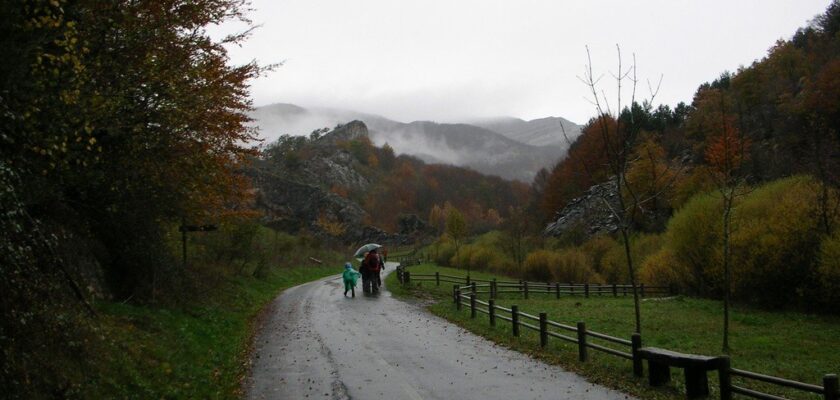Gorbea Natural Park
Gorbea Natural Park is spread over 200 km² in northern Spain between the provinces of Biscaya and Alava. It is fed by short but deep rivers: the Arrativa, Zeberio, Arnuri and Altube. The area is an autonomous community called the Basque Country. The Gorbea Forest is called mysterious and mystical because of the thick fog that shrouds the centuries-old mossy oaks, caves and ruins of ancient buildings. This is where fantasy filmmakers find inspiration: if you gaze long enough into the mist, it begins to seem as if there are elves, hobbits and other fairy tale characters lurking between the trees.
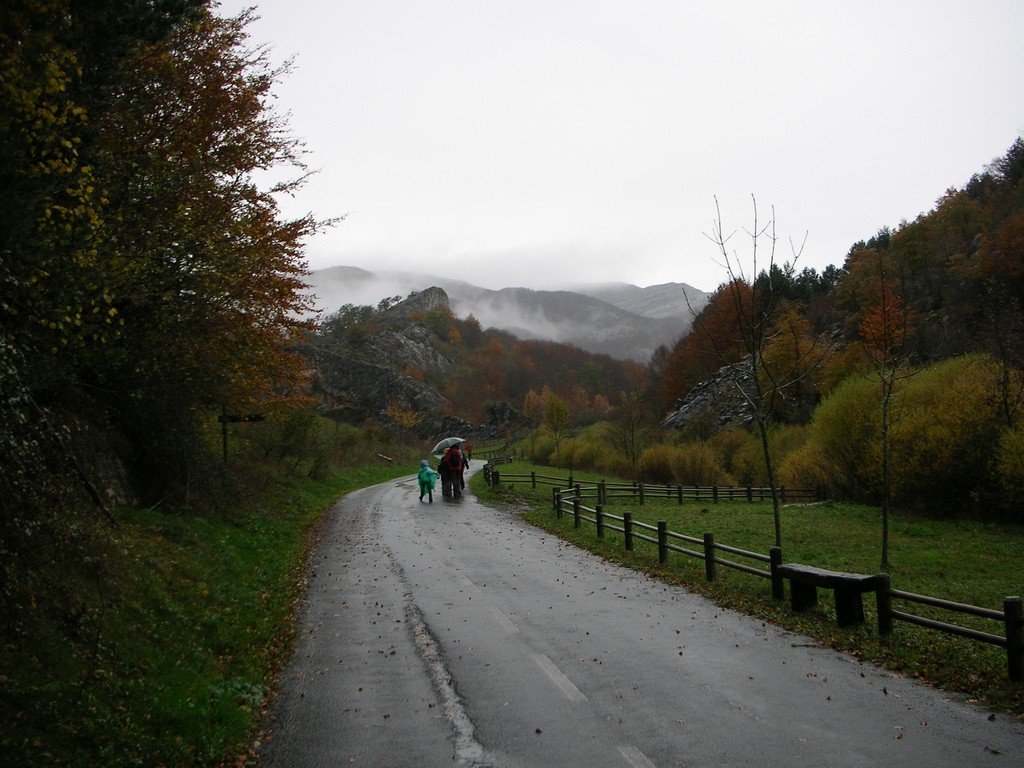
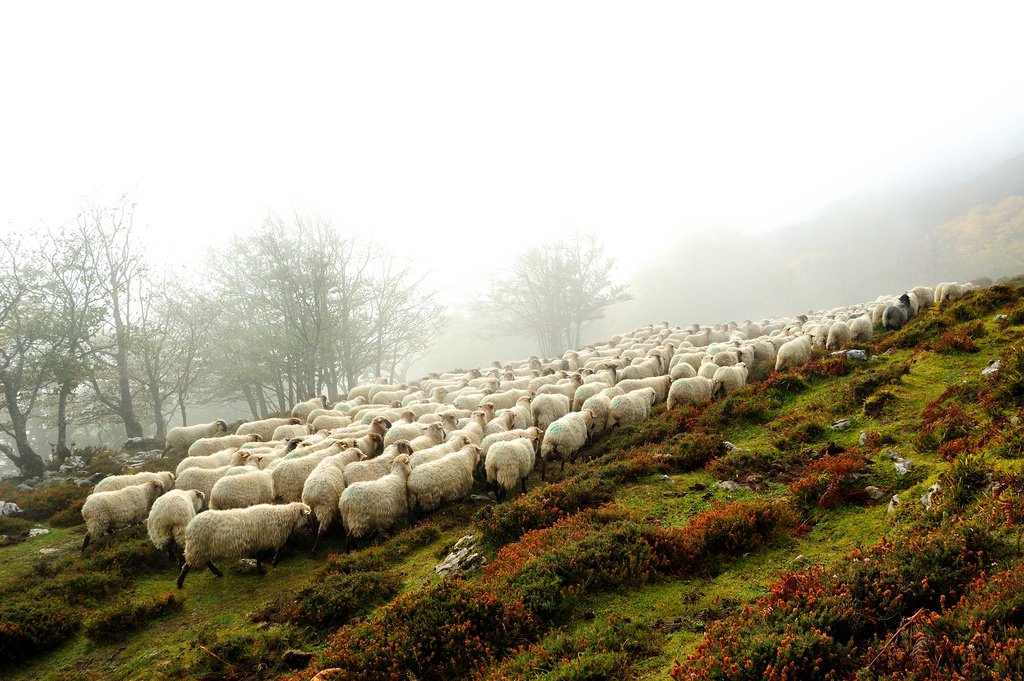
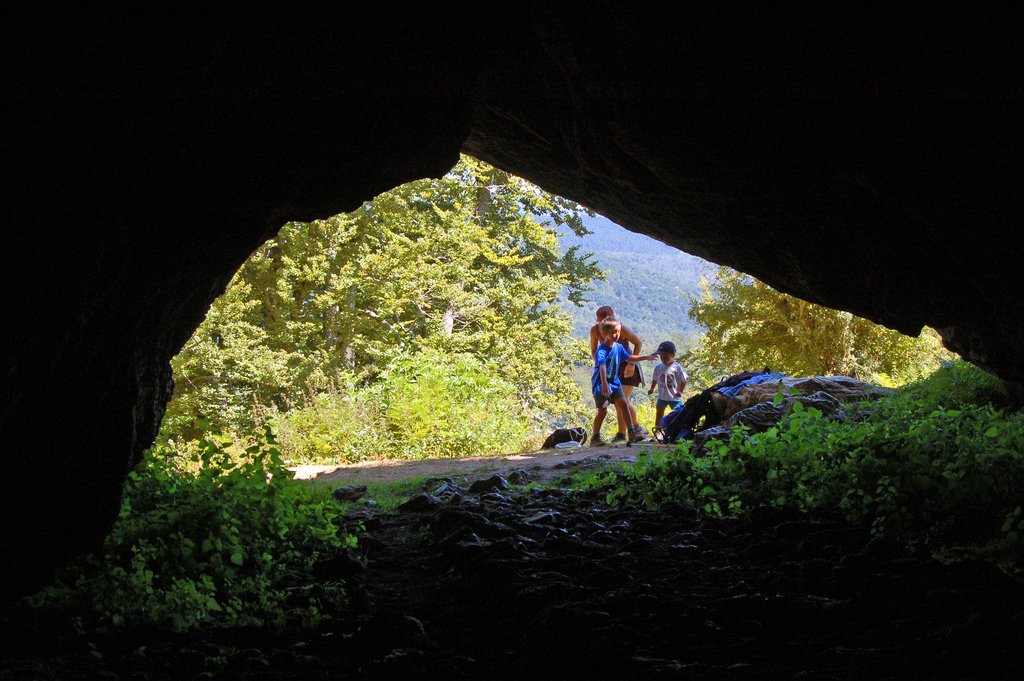
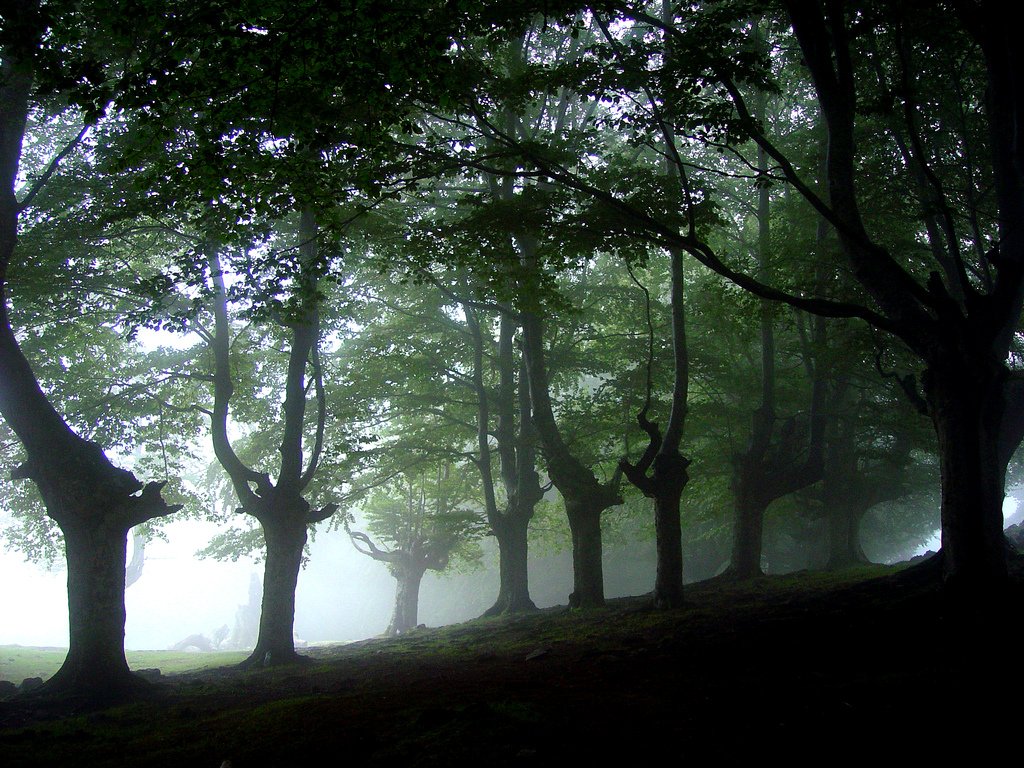
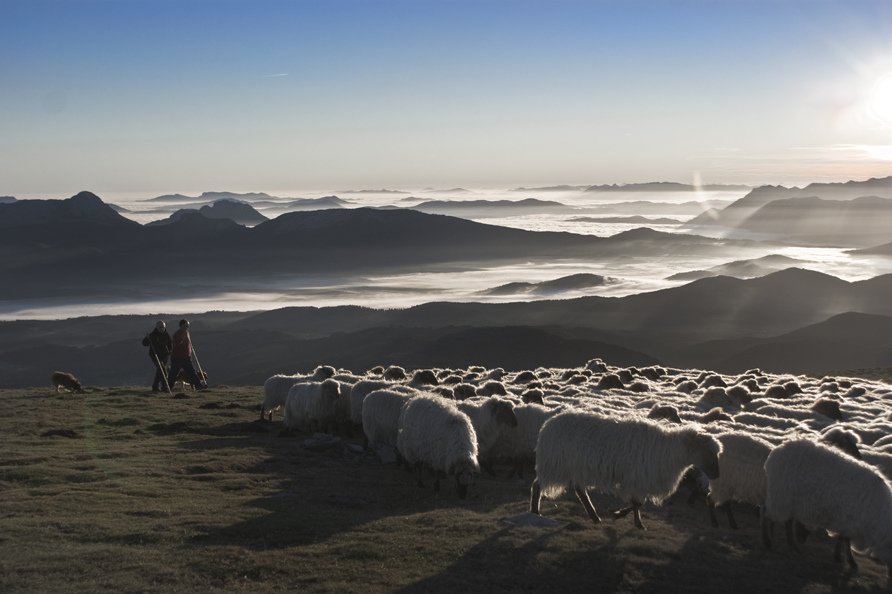
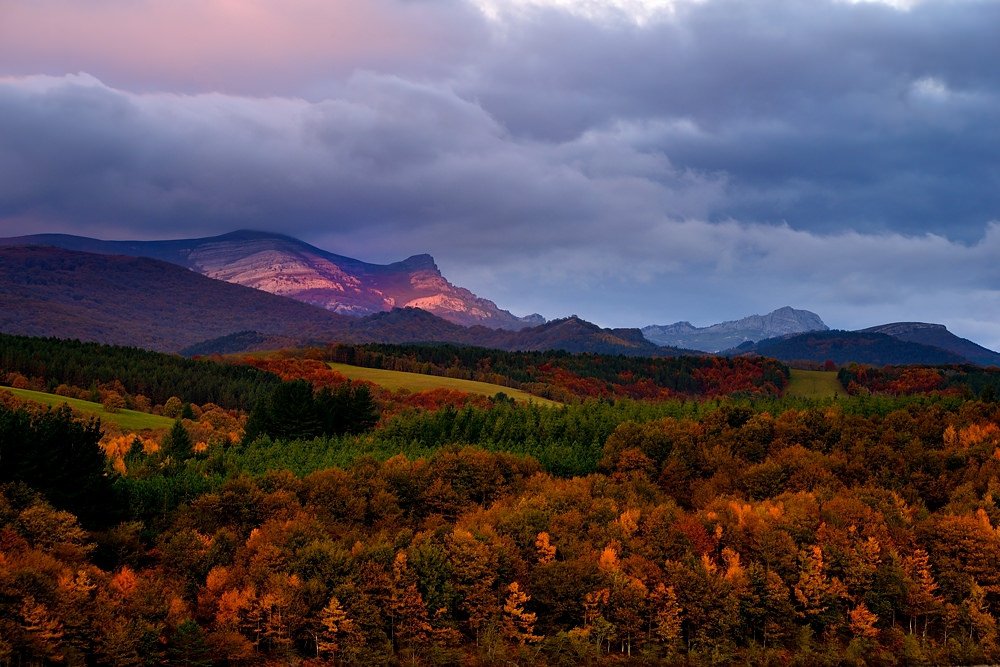
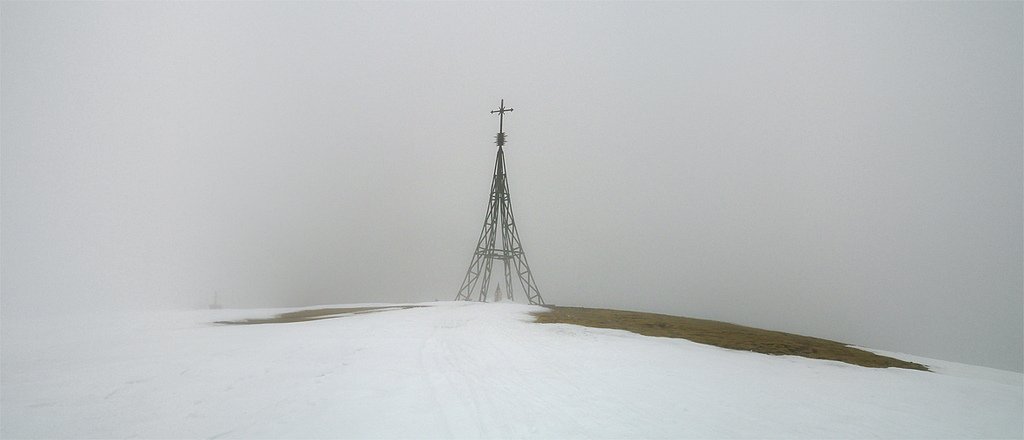
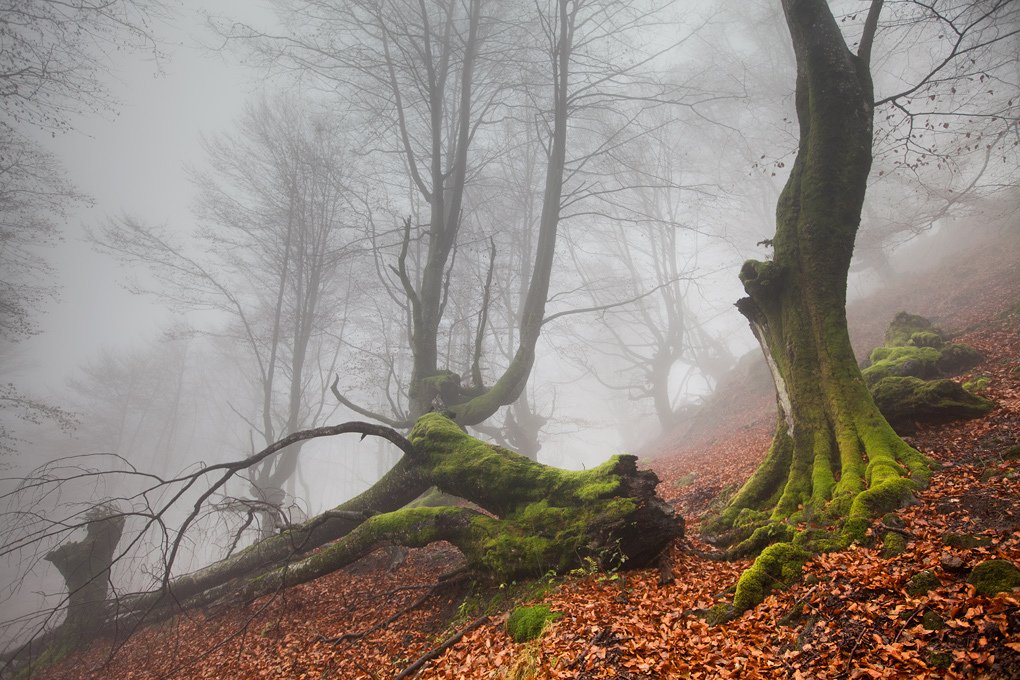
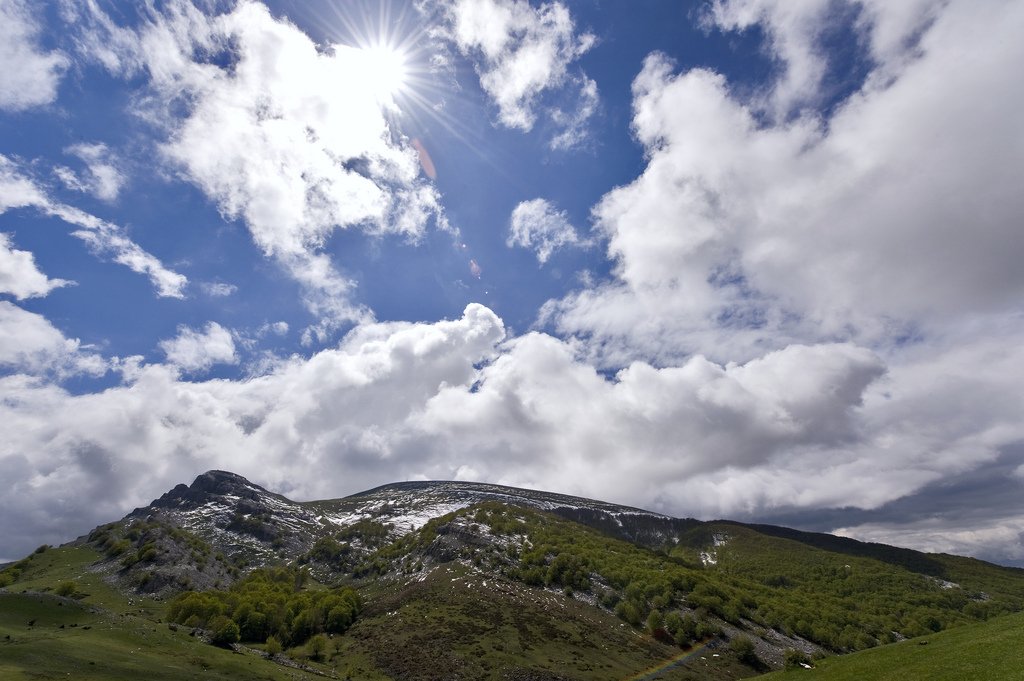
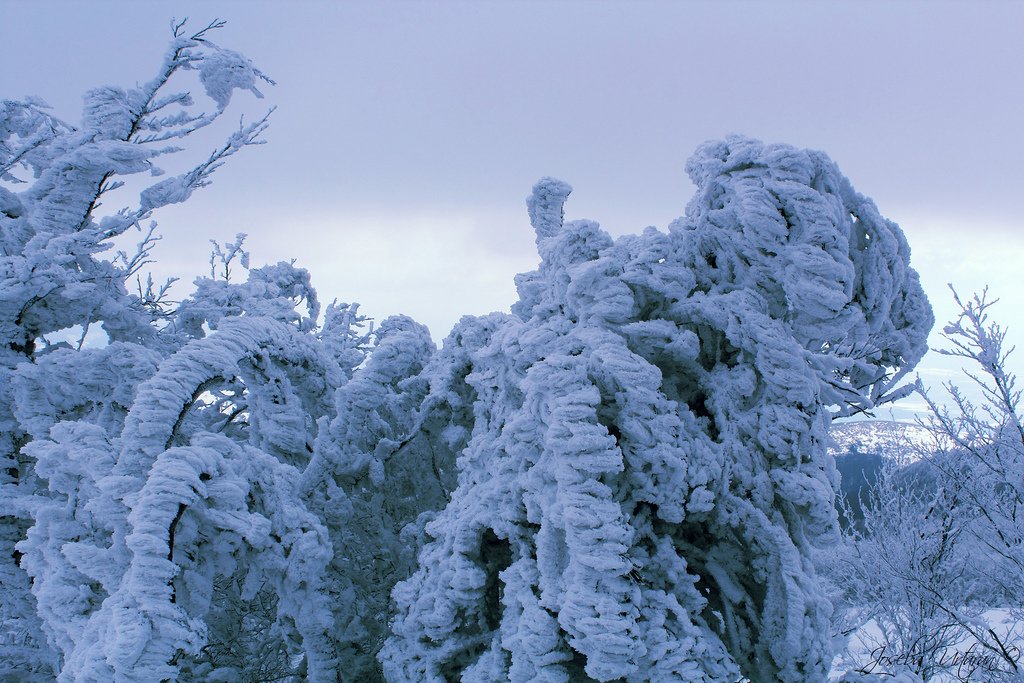
Video: Gorbea Nature Park
” title=”YouTube video player” frameborder=”0″ allow=”accelerometer; autoplay; clipboard-write; encrypted-media; gyroscope; picture-in-picture; web-share” allowfullscreen> Contents- Origin story
- Flora and fauna
- Gorbea Recreational programs
- How to get to the reserve. Gorbea Mountain
Origin story
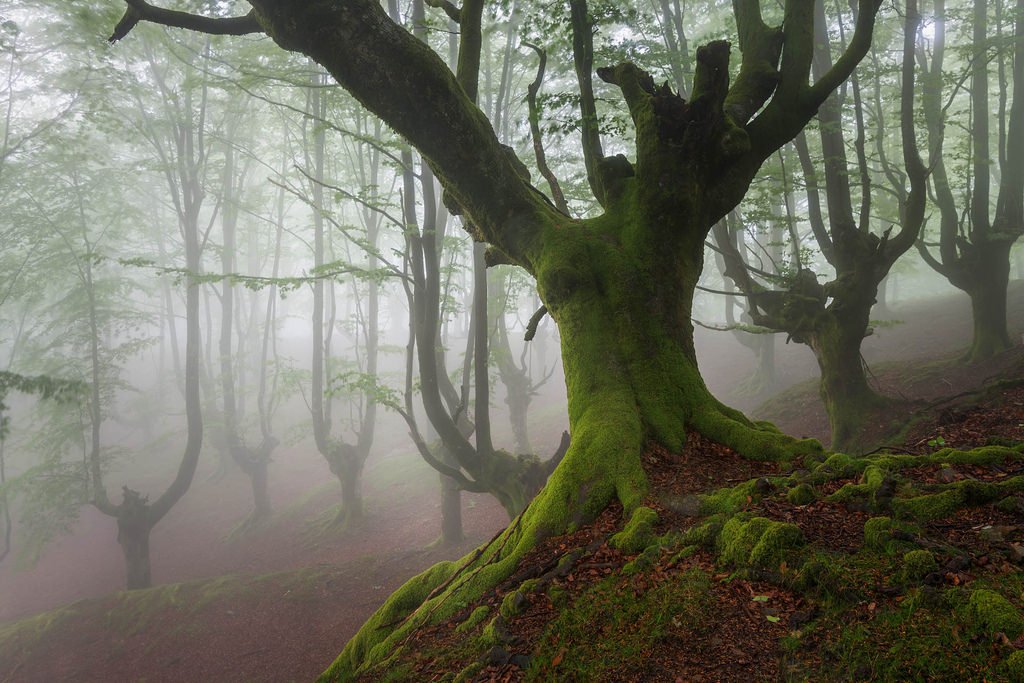
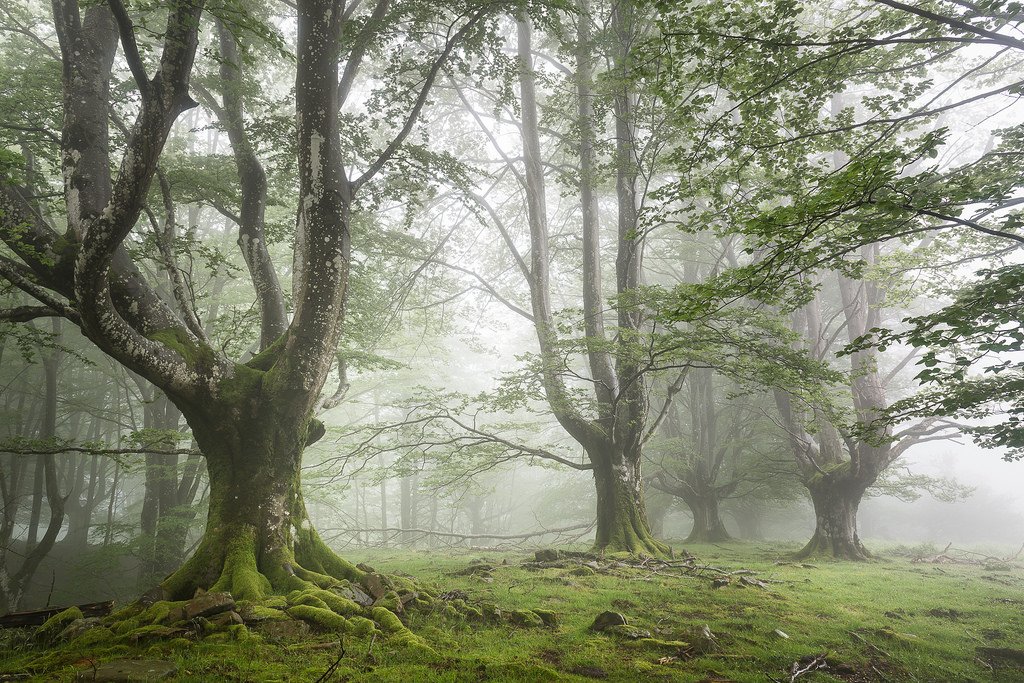
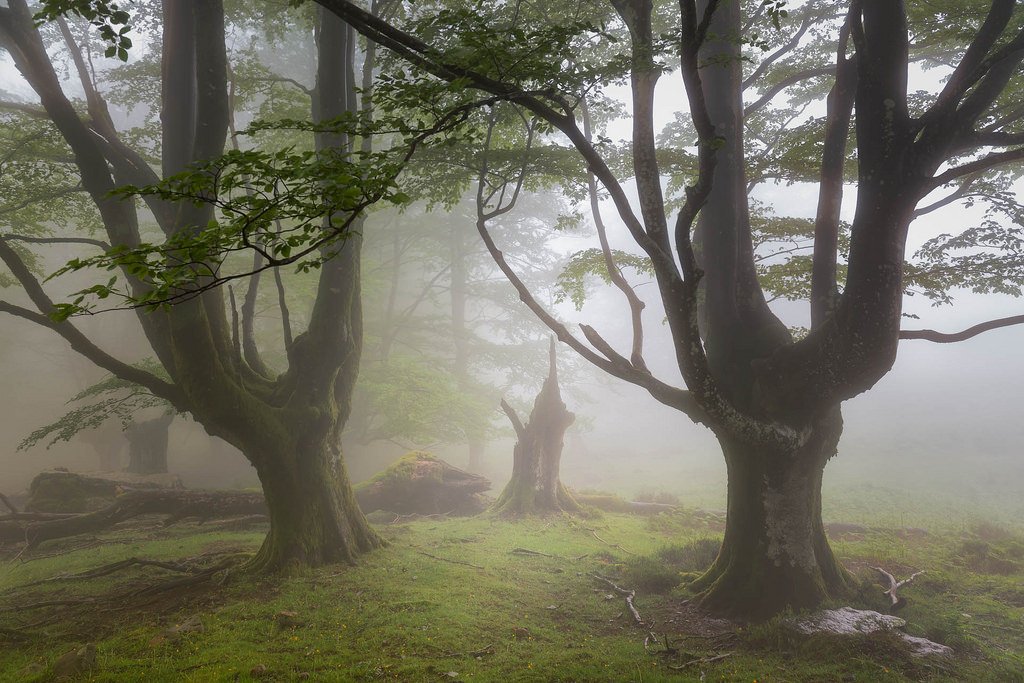
Flora and fauna
70% of the area is covered by oak, beech and pine forests. The trees are very old, densely covered with moss due to abundant rainfall and high humidity. Among them you can find cypress, English oak, beech, alder, willow, ash and poplar. Since Gorbea Park gained reserve status, it has been home to lynx, deer, badgers, martens, otters, mink, peregrine falcons, falcons, hawks, vultures and many other species of wildlife.
.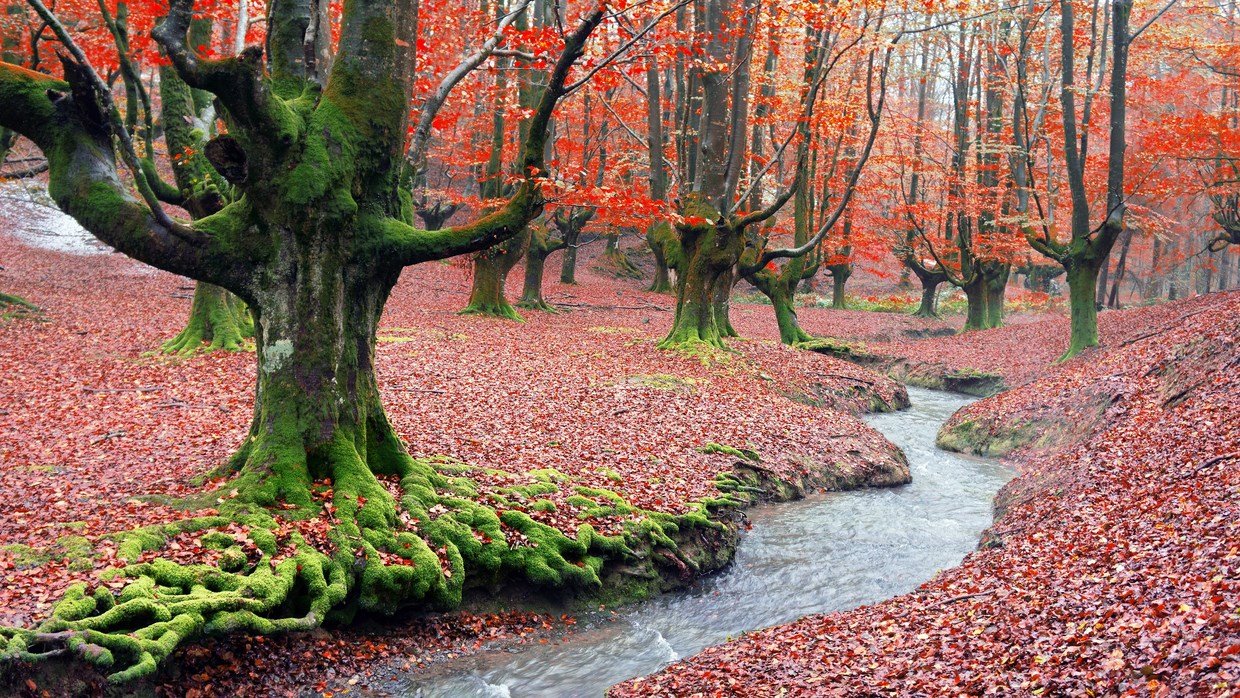
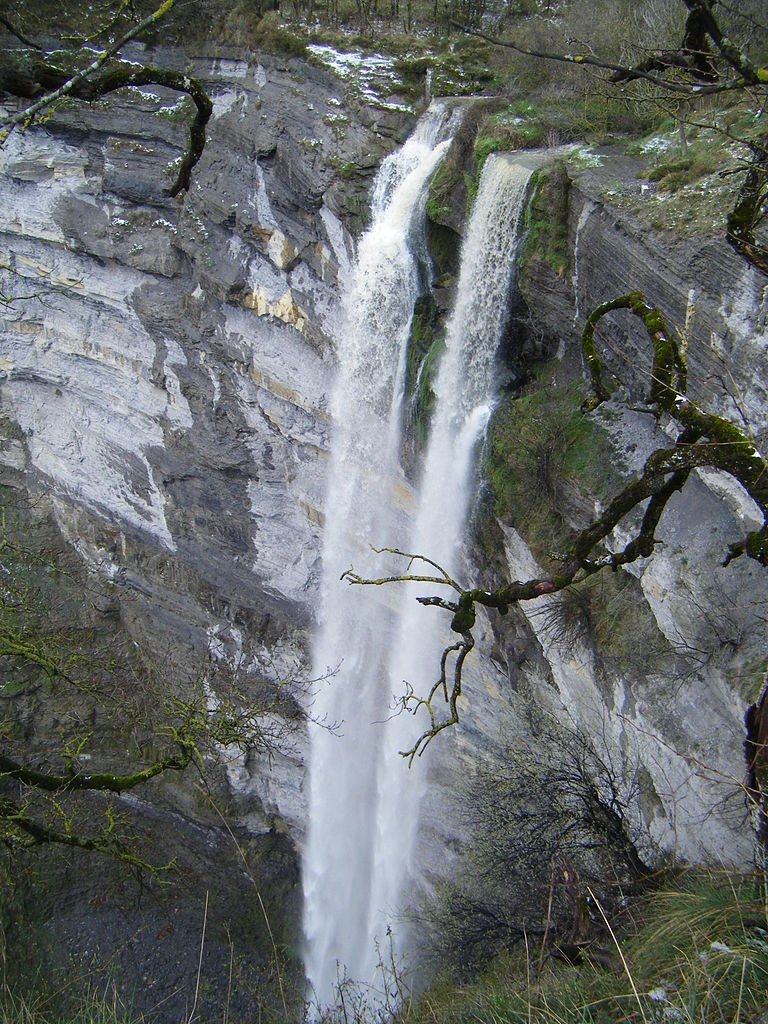
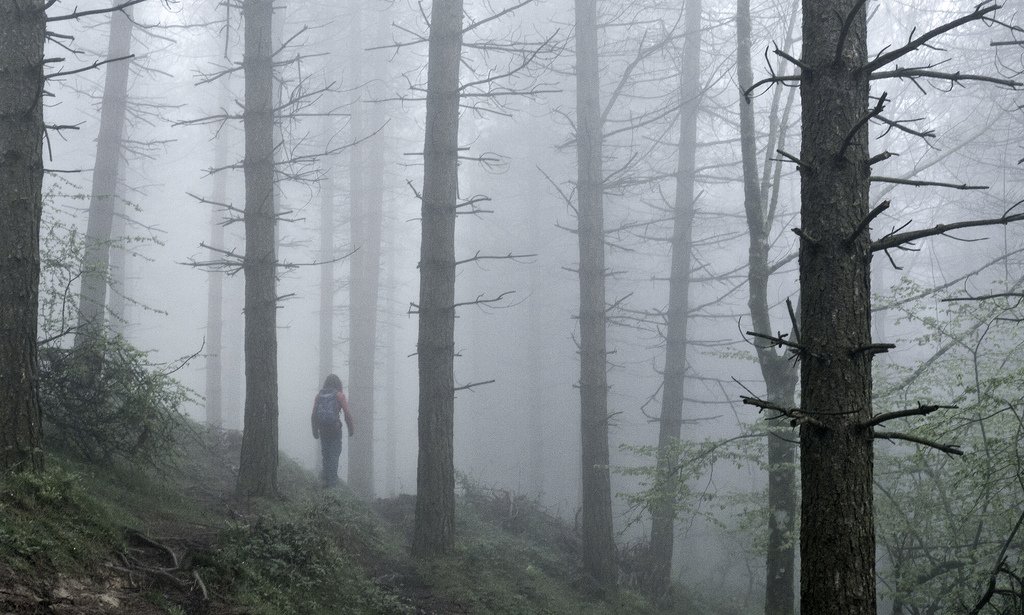
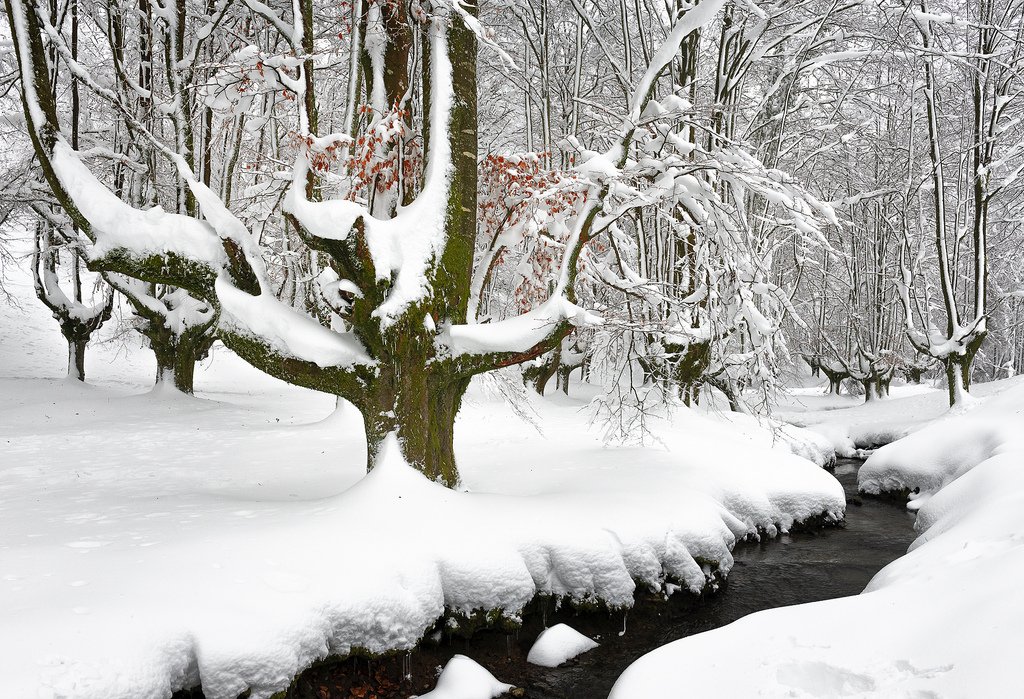
How to get to the reserve. Gorbea Mountain
The reserve is located 30 km from Bilbao and the same distance from Vitoria. Tour buses depart from these cities, moving along the highway N-240 to the park. Within the protected area there are 14 routes to the peak of Gorbea Mountain: 7 from Biscaya and 7 from the province of Alava. In total, the entire trip is about 20 kilometers round trip, taking about 6 hours. The climb to the top is fairly easy, so no climbing equipment is used. On a clear day there are many people living near the reserve, including elderly people. The mountain is jokingly called the Basque Olympus. Gorbea is not the highest elevation in the county, but it is of great importance as a symbol of Basque nationalism. During election races, Spanish political forces have repeatedly planted the Spanish flag on the summit, causing a storm of resentment among the locals. Basque nationalists reacted instantly to the “desecration” of the mountain by the Spanish, replacing the unwanted banner with their “ikurrinho” (Basque flag).
.
